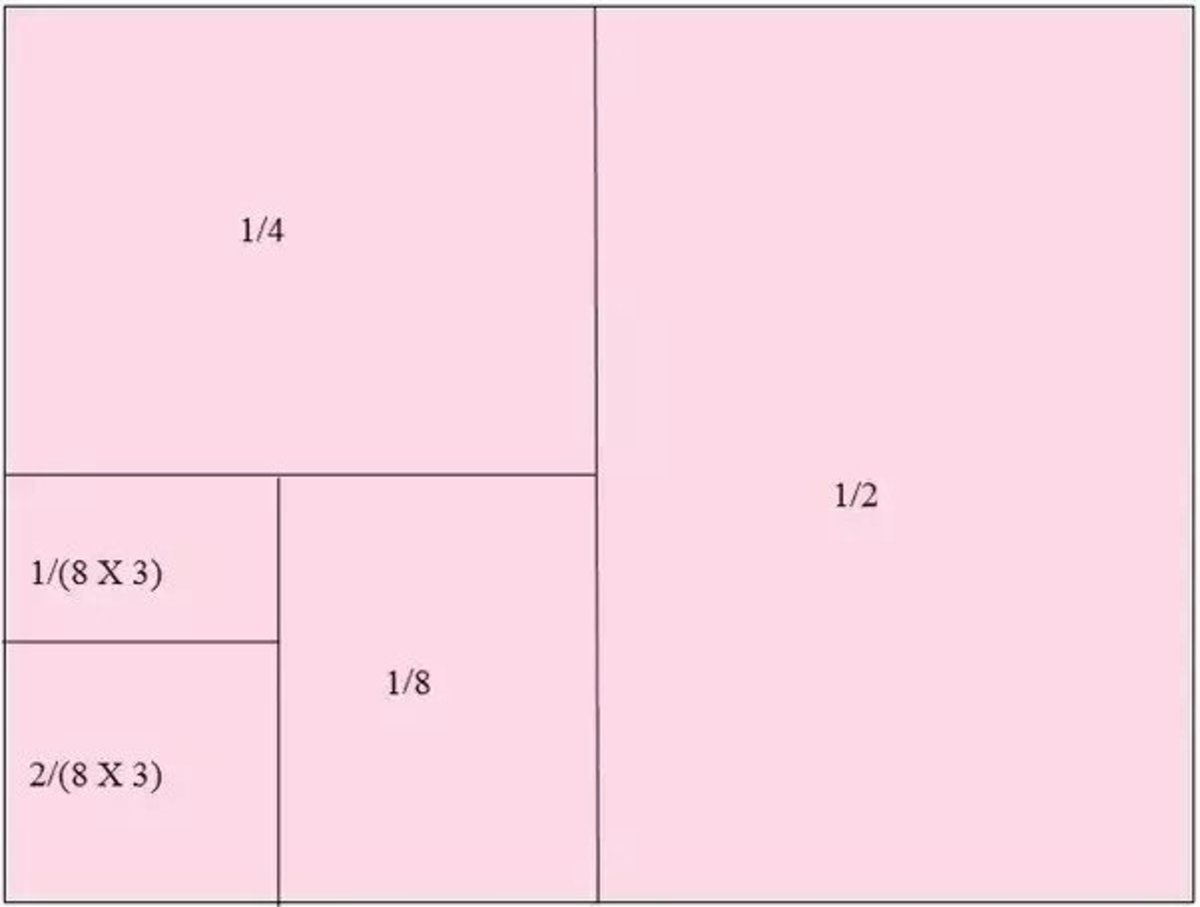A Curious Problem (2)
Choose the valid solution to the equation
a 1 + b 1 + c 1 + d 1 + e 1 = 1
where a , b , c , d , and e are distinct (different) positive integers.
This section requires Javascript.
You are seeing this because something didn't load right. We suggest you, (a) try
refreshing the page, (b) enabling javascript if it is disabled on your browser and,
finally, (c)
loading the
non-javascript version of this page
. We're sorry about the hassle.
3 solutions
Similar solution, though I must say your presentation is much better.
Log in to reply
That was why I presented it. Glad that you like it.
Log in to reply
Thanks! Your contributions to my other questions are really good as well XD
I used process of elimination to solve this one.
The potential values of a are 0, 1, and 2.
If a = 0 - Zero is in the denominator, so that can't be right. (Eliminates the answer choice with a=0)
If a = 1 - Then the equation will look like 1 1 + … = 1 . Since the rest of the variables are positive integers, this can't be true. (Eliminates the answer choice with a=1)
This leaves the two remaining answer choices, where a = 2 .
Since we know for sure that the equation will look like: 2 1 + b 1 + c 1 + d 1 + e 1 = 1 , we also know that:
b 1 + c 1 + d 1 + e 1 = 2 1
Also, in both cases, b = 4 1 . So we now know that:
c 1 + d 1 + e 1 = 2 1 − 4 1 = 4 1
The differences between the remaining two answer choices are the values of c , d , and e :
(1) c = 6 , d = 3 6 , e = 1 2
(2) c = 8 , d = 1 2 , e = 2 4
So we just need to find which of the above integer sets make c 1 + d 1 + e 1 = 4 1 true.
It turns out that the correct set of integers is: a = 2 , b = 4 , c = 8 , d = 1 2 , e = 2 4
Interesting. I used Geometry for this one, but it's nice to see an algebraic answer for a change. Nice!
Geometry would be useful in solving this question.
We start by drawing a unit square and dividing it in halves (or any other proportion) so we now have two halves of the original square. We leave one side as it is (area on right in the diagram) and go on dividing the left half in two...
... Which gives us 1/4 and 1/4. We retain the area on the top and further divide the bottom area of 1/4 unit into 1/8 and 1/8.
Now as we can divide the area in any proportion we like, the last 1/8 area on the bottom left is divided into ratio of 1:2 making it 1/24 and 1/12 .
The summation of all this areas has to be 1 , because all of them were created by dividing a square having an area one.

Therefore the answer is a = 2, b = 4, c = 8, d = 12 and e = 24.
Of course, other solutions can be generated here as well, such as a = 2, b = 4, c = 6, d = 36 and e = 18, which is similar to the last option here. (Whether that was intentional remains for you to decide.)
This is an interesting question, but the way you've given options for the answers makes it very simple (just check the different options).
If you've got other questions like this perhaps you could make the answer less obvious by asking for, say, the smallest value of a + b + c + d + e that makes the equation true (specifying that they're distinct positive integers).
Log in to reply
Agreed. This is one of my first times creating questions, so I didn't really know how to present it... XD
Similar solution with @Hollow Knight 's. Since it took me some time to prepare the figure, I must well present it.
Given that a 1 + b 1 + c 1 + d 1 + e 1 = 1 , where a , b , c , d , and e are distinct positive integers, let us assume a < b < c < d < e . Let the unit square represent the number 1 (the right-hand side of the equation). We note that a cannot be 1 , otherwise the left-hand side will be larger than 1 which is the right-hand side. Let a = 2 , halving the square; b = 4 halving the half square, and c = 8 halving the quarter square. Here, we cannot halve the eighth square because then we would have d = e = 1 6 . Instead we divide one eighth by three parts of 2 4 1 . Since d < e , d 1 = 2 4 1 × 2 = 1 2 1 ⟹ d = 1 2 and e = 2 4 .
So we have a = 2 , b = 4 , c = 8 , d = 1 2 , e = 2 4 .